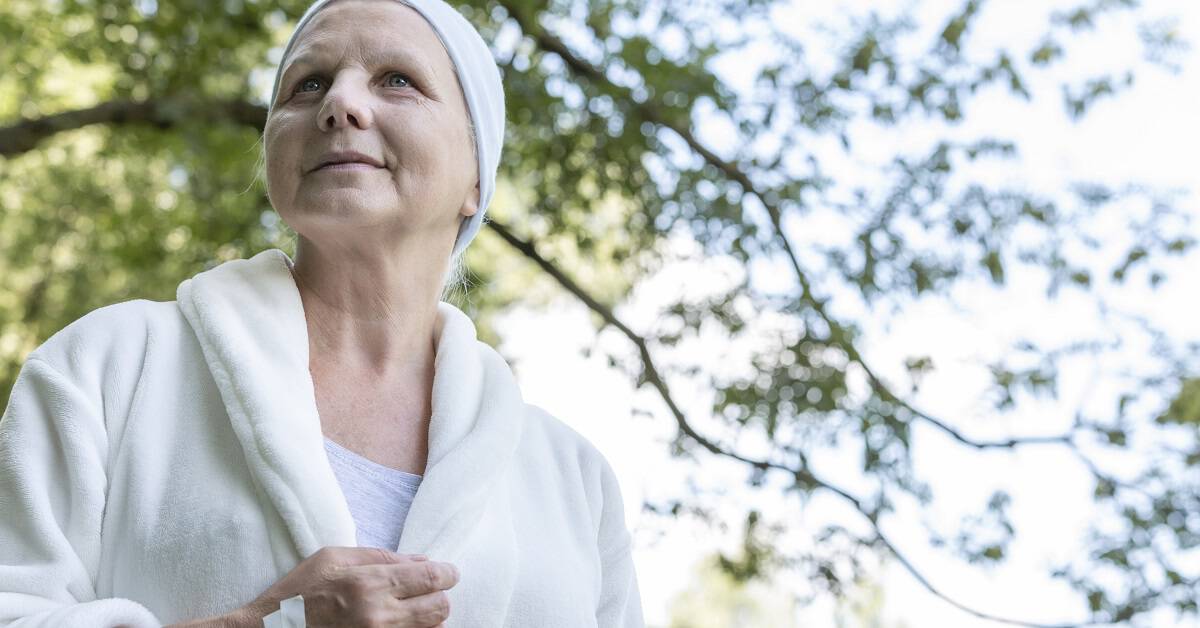Sharp HealthCare, located in California, pre-hospice program called Transitions, is designed to give elderly patients the care they want at home and keep them out of the hospital.
Social workers and nurses from Sharp regularly visit patients in their homes to explain what they can expect in their final years, help them make end-of-life plans, and teach them how to better manage their diseases. Physicians track their health and discard unnecessary medications. Unlike hospice care, patients don’t need to have a prognosis of six months or less, and they can continue getting curative treatment for their illnesses, not just for symptoms.
Before the Transitions program started, the only option for many patients in a health crisis was to call 911 and be rushed to the emergency room. Now, they have round-the-clock access to nurses, one phone call away.
“Transitions is for just that point where people are starting to realize they can see the end of the road,” said San Diego physician Dan Hoefer, one of the creators of the program. “We are trying to help them through that process so it’s not filled with chaos.”
The importance of programs like Transitions is likely to grow in coming years as 10,000 baby boomers — many with multiple chronic diseases — turn 65 every day. Transitions was among the first of its kind, but several such programs, formally known as home-based palliative care, have since opened around the country. They are part of a broader push to improve people’s health and reduce spending through better coordination of care and more treatment outside hospital walls.
Home-Based Palliative Care
Dan Hoefer’s medical office is in the city of El Cajon, which sits in a valley in eastern San Diego County. Hoefer, a former hospice and home health medical director, and nursing home doctor, has spent years treating elderly patients. He learned an important lesson when seeing patients in his office: Despite the medical care they received, “they were far more likely to be admitted to the hospital than make it back to see me.”
When his patients were hospitalized, many would decline quickly. Even if their immediate symptoms were treated successfully, they would sometimes leave the hospital less able to take care of themselves. They would get infections or suffer from delirium. Some would fall.
His patients were like cars with 300,000 miles on them, he said. They had a lot of broken parts. “You can’t just fix one thing and think you have solved the problem,” he said.
And trying to do so can be very costly. About a quarter of all Medicare spending for beneficiaries 65 or older is to treat people in their last year of life, according to a report by the Kaiser Family Foundation.
Hoefer’s colleague, Suzi Johnson, a nurse and administrator in Sharp’s hospice program, saw the opposite side of the equation. Patients admitted into hospice care would make surprising turnarounds once they started getting medical and social support at home and stopped going to the hospital. Some lived longer than doctors had expected.
In 2005, the pair hatched and honed a bold idea: What if they could design a home-based program for patients before they were eligible for hospice?
Thus, Transitions was born. They modeled their new program in part on the Kaiser experiment, then set out to persuade doctors, medical directors, and financial officers to try it. But they met resistance from physicians and hospital administrators who were used to getting paid for seeing patients.
“We were doing something that was really revolutionary, that really went against the culture of healthcare at the time,” Johnson said. “We were inspired by the broken system and the opportunity we saw to fix something.”
Despite the concerns, Sharp’s foundation board gave the pair a $180,000 grant to test out Transitions. And in 2007, they started with heart failure patients and later expanded the program to those with advanced cancer, dementia, chronic obstructive pulmonary disease, and other progressive illnesses. They started to win over some doctors who appreciated having additional eyes on their patients, but they still encountered “some skepticism about whether it was really going to do any good for our patients,” said Jeremy Hogan, a neurologist with Sharp. “It wasn’t really clear to the group … what the purpose of providing a service like this was.”
Nevertheless, Hogan referred some of his dementia patients to the program and quickly realized that the extra support for them and their families meant fewer panicked calls and emergency room trips.
Hoefer said doctors started realizing home-based care made sense for these patients — many of whom were too frail to get to a doctor’s office regularly. “At this point in the patient’s life, we should be bringing healthcare to the patient, not the other way around,” he said.
In San Diego, Sharp’s palliative care program has a strong incentive to reduce the cost of caring for its patients, who are all in Medicare-managed care. The non-profit health organization receives a fixed amount of money per member each month, so it can pocket what it doesn’t spend on hospital stays and other costly medical interventions. Patients typically stay in Transitions about seven or eight months, but some last as long as two years before they stabilize and are discharged from the program. Others go directly yo hospice, and still others die while they are still in Transitions.
Sharp has found that emergency room visits and hospitalizations decreased from 85 percent in usual care to 35 percent in the new model for cancer patients. It has seen a decrease in hospital mortality from 57 percent to 5 percent for cancer patients. It also has led to significantly reduced per-patient costs for cancer, COPD, heart failure and dementia.

Lisa Remington is widely recognized as one of the foremost futurists in the home care industry, focusing on healthcare trends and disruptive innovation. She serves as the president and publisher of the Remington Report magazine and is also the President of Remington’s Think Tank Strategy Institute. Lisa provides strategic advice and education to over 10,000 organizations, assisting them in developing transformative strategies for growth and their future implications. She closely monitors complex trends and forces of change to develop effective strategic approaches.
Other Articles You Might Enjoy
Best Practices for Effective Strategy Execution
Effective strategy execution is crucial for success, as even the most well-crafted strategies can fail if not properly implemented.
5 Reasons Why a 5-Year Strategic Plan May Pose Challenges
Five-year strategic plans in home care often encounter several challenges due to the dynamic nature of the industry.
Understanding Adaptive Leadership in Home Care’s Complex World
Adaptive leadership is not a fixed set of rules or practices; rather, it's a mindset and a skill set that empowers leaders to thrive in turbulent times.











